|
The timber of Holz100 system is harvested when the sap levels in the trees are at its lowest; influenced by the gravitational pull of the moon cycle. A stable moisture content is achieved by allowing the timber to drain vertically and drying naturally for at least 1-4 years. This drying cycle builds a muscle memory in the cellulose fibres of the timbre, thereby producing lumber that is more stable and less prone to cracking and splintering over time. The result is a controlled indoor climate in Holz100 homes.
0 Comments
Holz100 is a breathable building system that is 100% sustainable. The core principle behind a Holz100 home is its cradle-to-cradle approach. The product is 100% pure solid wood, without chemical toxins or preservatives, and can be reused and recycled back into nature as compost and nutrients for future thriving trees. Holz100 harvests only moonwood, that are slowly dried naturally, allowing the trees to mature and stabilize with a low relative moisture content. Holz100 has a 50-year warranty against mold and condensation. Do you have cabin fever? Never feel isolated again! Holz100 is an innovative breathable building system that brings nature indoors. Holz100 homes are 100% pure solid wood, free of chemicals and toxins. Without synthetic glues and paints, or dust from mineral wool, the building is able to breathe and acts as a natural filter. Holz100 is an eco-friendly product, and perfect for allergy sufferers. The moisture content in your new hardwood flooring is as important as the building structure to prevent shrinkage and gaps once you’ve moved in. Holz100 is a sustainable, natural, sound-proof solution to building a wood home that is less prone to dryness overtime due to its natural slow drying process. The moisture content of a wood home built with the Holz100 system is 6-10%. The Holz100 system is harvested from mature trees that have been naturally exposed to varying temperatures and weather conditions throughout its drying lifecycle. The drying process, therefore, instills in the wood a muscle memory. The slow and natural drying process enables the oxidation and depletion of sugars that otherwise would attract the growth of fungi, mold and insects. Build a sustainable wood home with Holz100. Holz100 harvest trees at the right time and maximizes natural wood drying techniques to achieve quality timber with natural moisture protection. Moisture content below 20%, protects the wood from fungi growth. Moisture content below 8-12% deters insects from feeding on the wood. A wood home built with Holz100 timber will have a moisture content of 6-10% and will be naturally protected from fungi and insects. Tye Farrow also specifically quoted that: ‘The scientific evidence is extraordinary that the built environment has a significant impact on people’s ability to heal as well as on hospital staff effectiveness.
The Farrow Partnership stated that when designing the facility they embraced humanism, with the complex design’s dramatic use of wood and multiple-height interior spaces flooded with natural light, creating dynamic, innovative and functional places for healing with a non-institutional character
The Centre was also the first cancer facility in Canada to incorporate direct natural light, skylights and wood panel interior finishes in the radiation treatment rooms to enhance the therapeutic experience for patients.
The promenade decking is made from local hardwood, recycled from an old wharf. The Thunder Bay Regional Health Sciences Centre in Ontario Canada, designed by the Farrow Partnership, is ranked 6th on the list of the world’s 30 most architecturally impressive hospitals.
Bates Smart and the Irwin Allsop Group said that they specifically chose wood, both new and recycled, to provide warmth, texture, patterning, tactility and a non-institutional feel to the facility. In addition they stated that wood is durable, low maintenance and has already begun to age gracefully.
The judges specifically stated that: ‘The attention to detail is exceptional, clearly demonstrating an understanding of timber design’ and that: ‘The design team demonstrated an understanding of the health benefits of wood’
The building won the 2014 Australian Timber Design Awards due to the combination of modern timber technology, traditional timber use and its specific design for the health benefits of wood.
Reclaimed ironbark has been used for the beams and columns in the indoor-outdoor space and the promenade decking is made from local hardwood, recycled from an old wharf structure at Victoria Harbour.
This is in direct contrast to many mental health facilities that have an unnatural and institutional feel. The use of courtyards, both large and small, with wooden panels creates spaces that also allow light and cross ventilation into the building.
The Dandenong Mental Health Centre, designed by Bates Smart and the Irwin Allsop Group, is the largest mental health facility in Victoria (Figure 3). Natural timber is used extensively in the walls and ceilings throughout the building, both inside and out, to create a residential and suburban feeling.
Now we want to focus on a few number of examples of the types of work being done in wood along with the ideas of those involved. The first example that we would like for you to look at is the Dandenong Mental Health Centre.
An increasing number of architects who design buildings for healing, learning and relaxation are incorporating significant amounts of wood into their structures to capitalise on its health and wellbeing benefits.
To the feelings of warmth and comfort it creates and its natural look and feel. An increasing body of research is beginning to show that being surrounded by wood at home, work or school has positive effects on the body, the brain and the environment.
These survey results provide support to the empirical evidence discussed above. Even though many people don’t understand the health and wellbeing benefits of wood they instinctively react.
Plastic was seen as the cheapest material but it also scored lowest in four out of five categories related to creating pleasant surroundings and being environmentally friendly. Interior wood is being used to frame views of nature.
By nine out of ten people, and as being the most environmentally friendly by seven out of ten people. By comparison the second most popular material, brick, received an average of 34% less positive feedback.
The positive views of wood continue even when compared to other material types (Table 2). Wood was viewed as the material that creates a natural look and feel, warm and cosy environments, is visually appealing and is nice to touch
Eight out of ten people also thought that wood is versatile, recyclable, renewable and long lasting. Australians however appear to be less aware of the environmental benefits of wood, with only six out of ten survey participants understanding that wood stores carbon and creates less carbon emissions during production than steel and concrete.
Results of the Planet Ark survey on whether Australians ‘agree’, ‘disagree’ or ‘don’t know’ when asked questions about wood highlights the positive associations that wood induces in people, where an overwhelming 96% of Australians agreed that wood is ‘visually appealing’ and ‘has a natural look and feel’.
|
Archives
September 2019
Categories
All
|
HoursMon - Fri.
9:30am - 4:30pm |
Office |
President FRANK GHAHREMANI(416) 725-6747
|

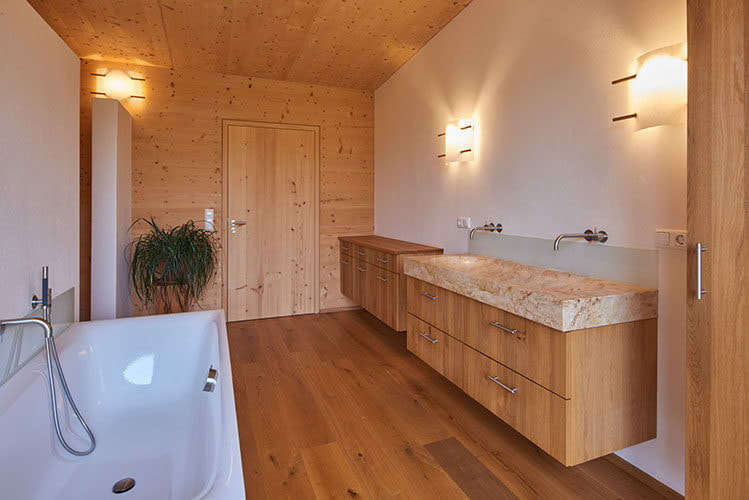
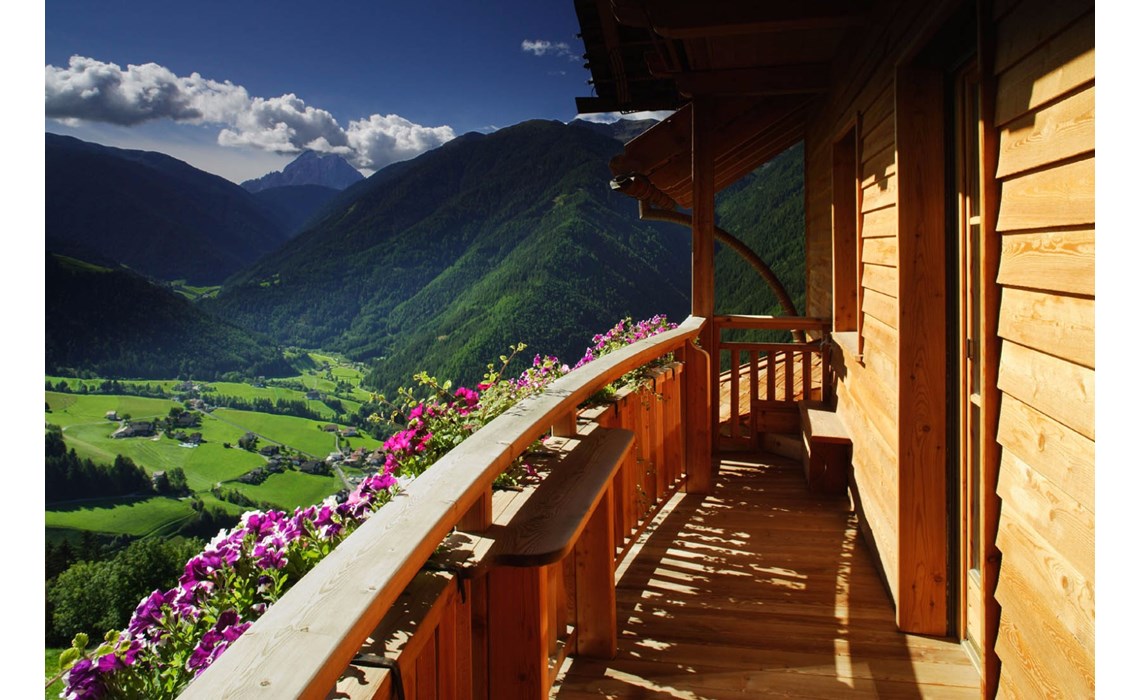
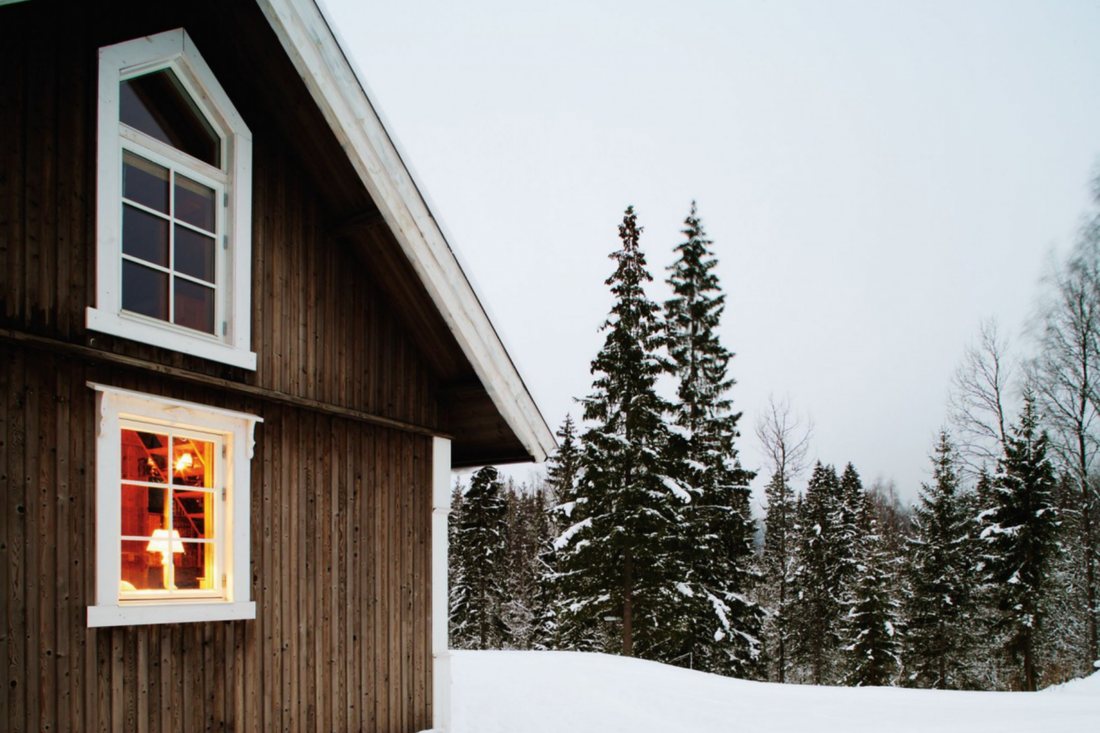
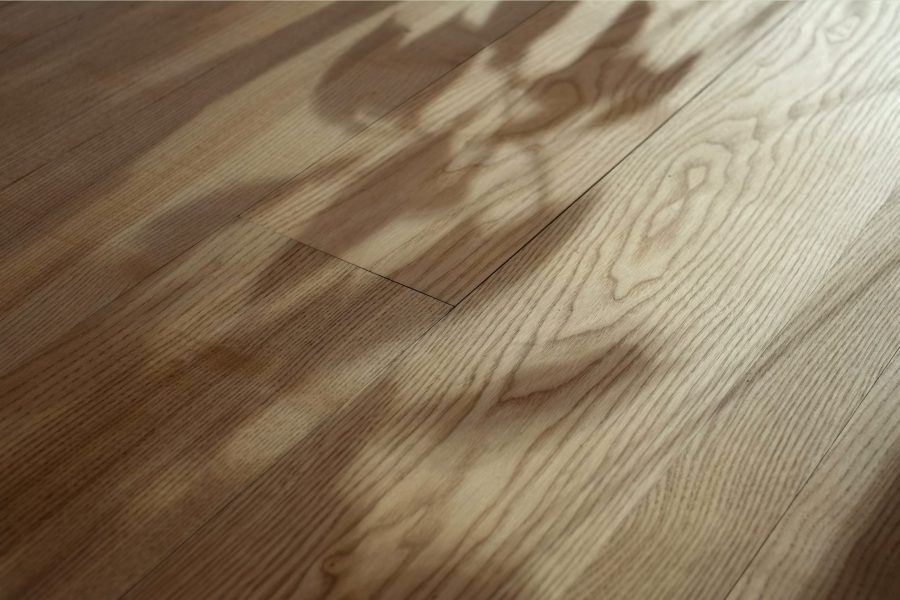

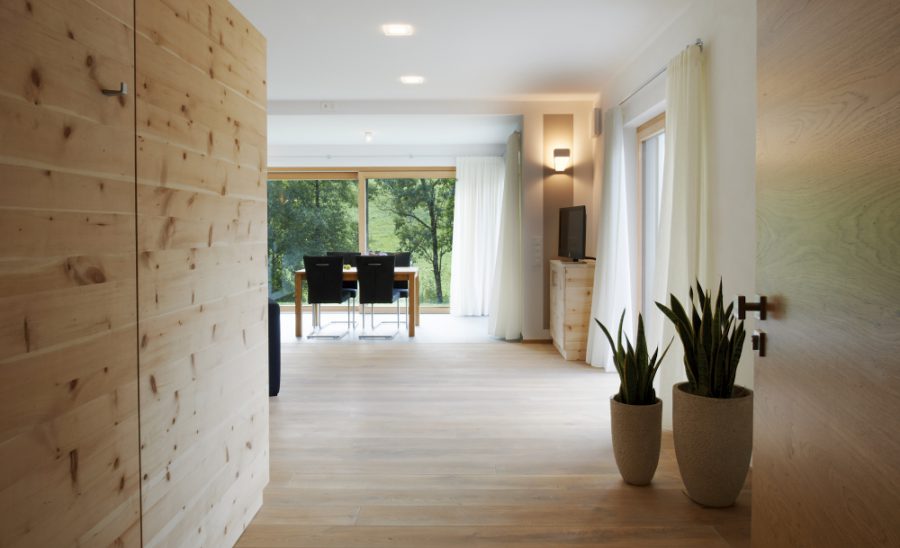
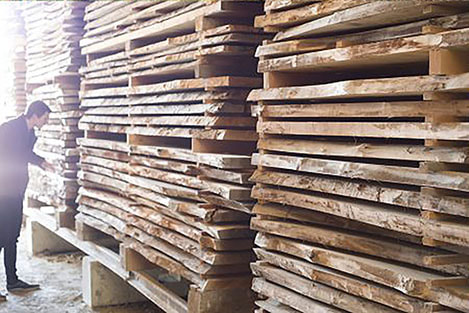
 RSS Feed
RSS Feed


